The Beef Fat Market is currently characterized by a dynamic competitive landscape, driven by increasing demand for high-quality beef products and a growing emphasis on sustainability. Major players such as JBS S.A. (BR), Tyson Foods, Inc. (US), and Cargill, Inc. (US) are strategically positioned to leverage their extensive supply chains and operational efficiencies. JBS S.A. focuses on innovation in product development, while Tyson Foods emphasizes regional expansion and partnerships to enhance its market presence. Cargill, on the other hand, is investing in digital transformation to optimize its operations, collectively shaping a competitive environment that is increasingly focused on quality and sustainability.
Key business tactics within the Beef Fat Market include localizing manufacturing and optimizing supply chains to meet regional demands. The market appears moderately fragmented, with a mix of large multinational corporations and smaller regional players. The collective influence of key players is significant, as they drive trends in product quality and sustainability, which are becoming essential for competitive differentiation.
In August 2025, Tyson Foods, Inc. (US) announced a partnership with a leading technology firm to enhance its supply chain transparency through blockchain technology. This strategic move is likely to bolster consumer trust and improve traceability, aligning with the growing demand for transparency in food sourcing. Such initiatives may position Tyson Foods favorably in a market increasingly concerned with ethical sourcing practices.
In September 2025, Cargill, Inc. (US) launched a new line of beef fat products that are sustainably sourced, aiming to cater to the rising consumer preference for environmentally friendly options. This initiative not only reflects Cargill's commitment to sustainability but also indicates a strategic pivot towards meeting evolving consumer expectations, potentially enhancing its market share in the premium segment.
In October 2025, JBS S.A. (BR) unveiled a comprehensive sustainability program aimed at reducing its carbon footprint across its operations. This initiative is expected to resonate well with environmentally conscious consumers and may serve as a competitive advantage in a market where sustainability is becoming a key differentiator. JBS's proactive approach could set a benchmark for other players in the industry, influencing overall market dynamics.
As of October 2025, current competitive trends in the Beef Fat Market are increasingly defined by digitalization, sustainability, and the integration of artificial intelligence in operations. Strategic alliances are shaping the landscape, enabling companies to pool resources and expertise to address market challenges. Looking ahead, competitive differentiation is likely to evolve from traditional price-based competition to a focus on innovation, technology adoption, and supply chain reliability, as companies strive to meet the demands of a more discerning consumer base.


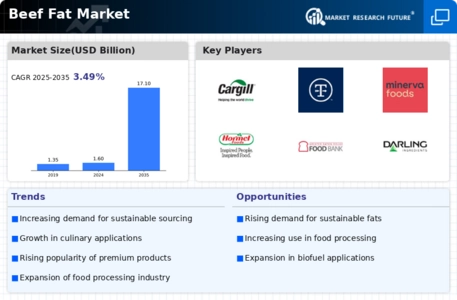
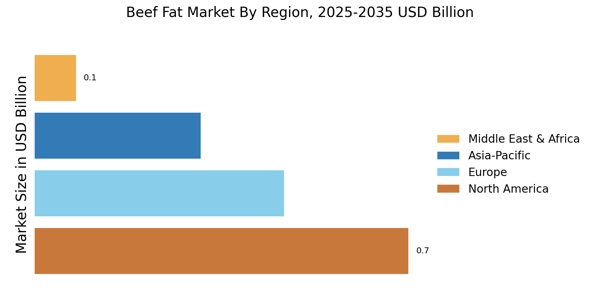
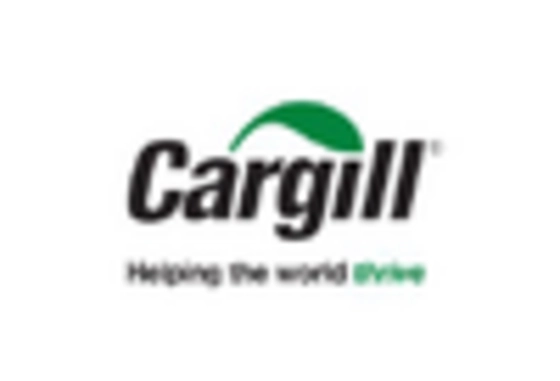
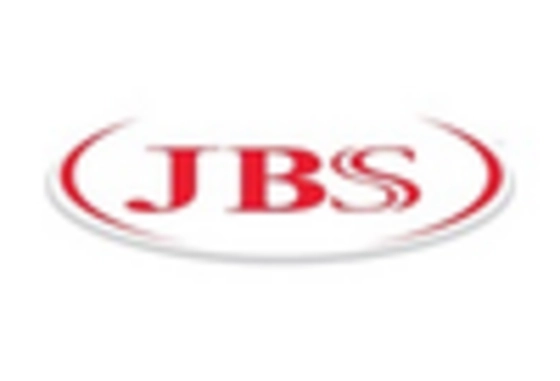

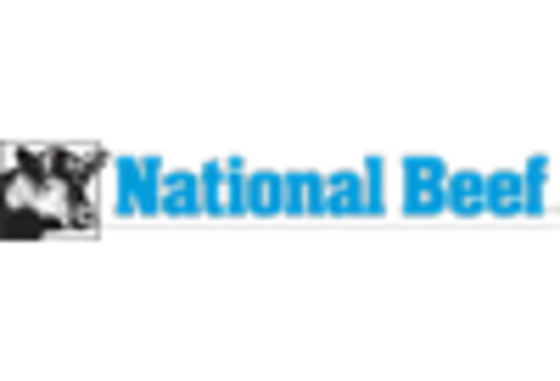










Leave a Comment